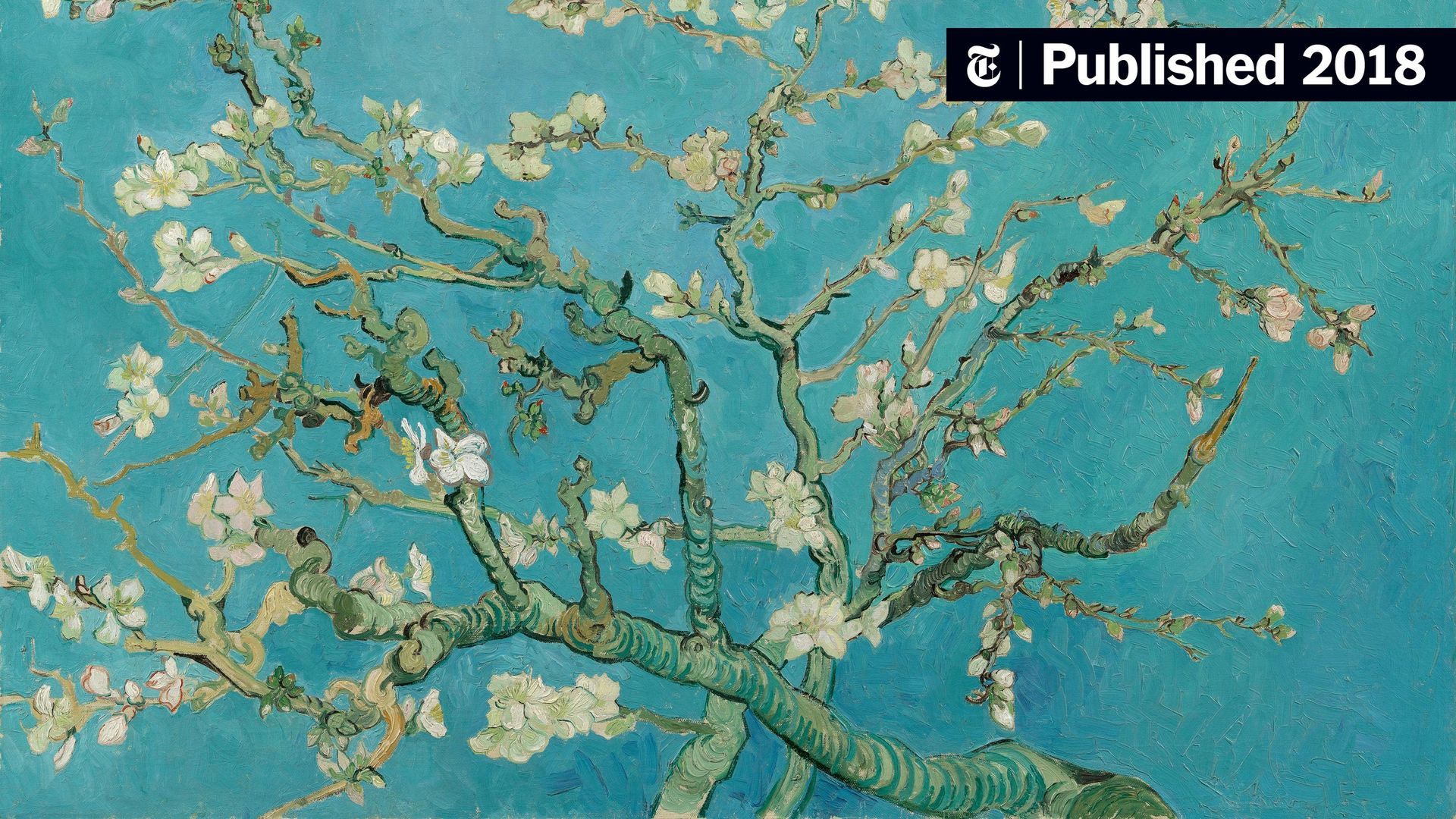The key to 'authenticity'.
Charlotte Booth • 11 August 2021
The importance of being you

But what does this actually mean?
According to the dictionary authenticity is, "the quality of being authentic," with authentic meaning, "of undisputed origin and not a copy: genuine".
When used to describe a person, it can have a more complicated meaning. Many of us act a little differently at work to how we act with our parents or how we act with our friends. Some people don't swear in front of their parents for example, but swear like a sailor everywhere else. Does this mean these people are inauthentic when at work, or with their parents?
No, not at all.
Everyone has a different side to them in different scenarios. And all of these are authentic. And all of them are undeniably you.
However, the problem arises when some of these 'sides' are emulating someone else, rather than being a genuine, or authentic part of you.
For example, when writing your website, your blogs, or your company brochures how easily do you slip into ‘business speak’ and industry jargon and general fluff-waffle because it makes you sound knowledgeable?
Probably a lot easier than you think.
But how can you be authentic when using cliched similes, phrases and idioms devised by an industry. Phrases you would never use when with your mates down the pub or even with your work colleagues.
It’s a safety blanket. To make it seem like you know what you’re talking about and to make you sound professional. But it doesn’t sound like you.
One of my first clients was so caught up in jargon, industry speak and sounding a certain way, it took me an hour to actually find out what she did for a living. The language she used to sound professional completely obscured who she was and what she did.
The key to being authentic, whilst at the same time being professional is to say what you want to say, the way you would say it to your mates at the pub. Clear, concise, to the point – and you know what? If swearing is your thing then that is sometimes OK too (even in front of your mum) if it reflects you and works with the clients you are trying to attract.
If you want to discuss your website, blogs or company brochures either with a mind to outsource, or even for an edit and proofread drop me an email.

There is nothing more amusing than checking out mediaeval artistic renditions of lions and other heraldic creatures. These beasts, grimacing and gurning are a strange juxtaposition of human, animal and demon and as far from the cute image of Alex from the Madagascar franchise or in fact a real lion as you could possibly get. There are three main reasons mediaeval lions are so ‘bad’ and un-representational; The artists were following a very tight brief. Some of the artists may never have seen a lion, and were following the descriptions they were given. These lions were representing heraldic principals of bravery, nobility and authority; all very human characteristics. When viewed through this lens it becomes more understandable why they look the way they do, but they are still ‘not right’ and not a great tool for learning about lions. Generative AI is very similar to an uninformed but talented mediaeval artist. There is a element of intelligence but at the end of the day it is following a brief, with no actual ‘knowledge’ of the thing it is producing. As an example, if you prompt your generative AI (ChatGPT and the like) to produce a blog for your new product or service, aimed at your ideal customer avatar you will in all likelihood get a mediaeval lion out the other end. Sort of recognisable, and sort of not. This is because AI doesn’t know what a customer is (ideal or otherwise), has no idea what your product or service is and does, and has no true understanding of how this service or product will serve your ideal customer and their needs. Of course, AI is pulling all the information available from the internet to help with its answer but there is no understanding there. There is no determining fact from falsehoods or even which websites are trustworthy and which are not. So, it skims the internet and puts together content which suits the brief as it understands it. This is then when the actual work should start as this content shouldn’t be used in the raw. It should be edited and tweaked by a human who DOES understand the brief, has been a customer (ideal or otherwise) and can imagine what your ideal customer will feel when using your product or services. We are in a world now, where we have generative AI promoting products and services to humans, when it has no concept of what a human is and how it thinks, meaning the marketing department are in fact more important than ever for ensuring content and copy is aimed at humans and human emotions. You could argue that the world would be a more entertaining place if there were more mediaeval lions in it, but it wouldn’t be a great environment for learning, or for basing purchasing decisions on. If you want to maintain the human element in your content, then I would love to help . Explain the brief, your CTA and your ideal client and I will know what I need to ask to get a clear idea before writing. Then you can rest assured your content was written by a human for a human and we can leave the mediaeval lions to the museums.








